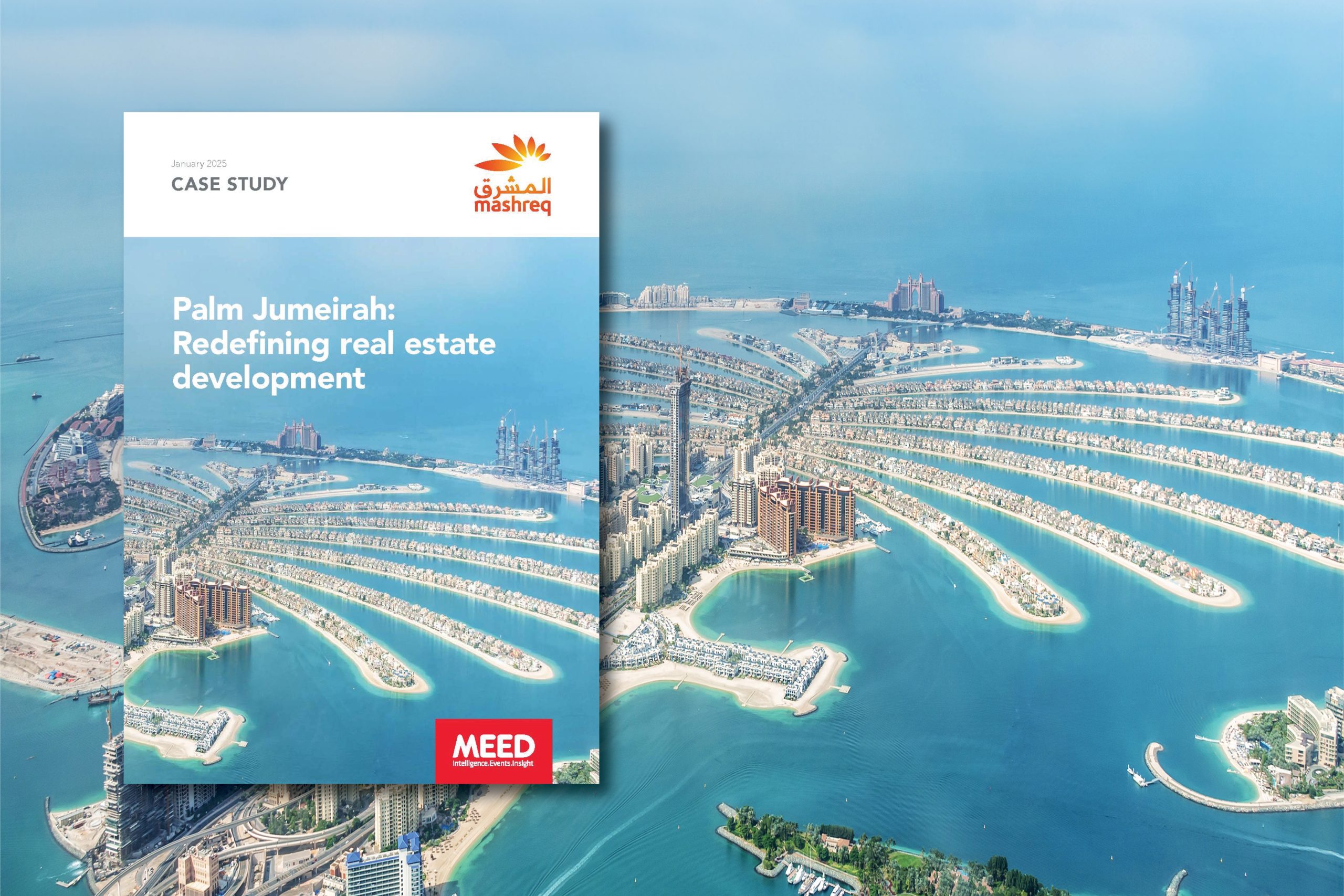Watch: The evolving role of capital stacking in real estate financing
Executive Director of Corporate Finance at Aldar Properties Daniele Vecchi comments on structuring capital for balancing risk and return
Foundation for sustainable financing
The GCC real estate sector is undergoing a financial transformation, driven by rapid urbanisation, large-scale developments and changing regulations.
Traditional reliance on equity and bank loans is giving way to more sophisticated capital stacking strategies, offering greater flexibility, risk mitigation and enhanced returns.
As financial markets mature, the interplay between equity, debt and hybrid financing is creating a diversified investment landscape. This shift allows investors to tailor their risk exposure while maximising returns, making capital structuring a key factor in sustaining real estate projects and the broader market.
Capital stacking in real estate financing is about structuring claims on an asset’s cash flow to balance risk and return. Daniele Vecchi, executive director for corporate finance at Aldar Properties, compares it to a building, where equity forms the foundation, bearing the highest risk but also offering the highest potential returns.
“Equity holders carry the weight of the entire capital structure, making their returns commensurate with the risks undertaken,” he explains.
A crucial aspect of capital stacking is ensuring the structure is sustainable. “It is essential to model an asset’s cash flow effectively to ensure the capital structure remains attractive to a broad spectrum of investors,” Vecchi emphasises.
This structure typically includes equity investors, senior secured and unsecured debt holders and hybrid instruments that sit between pure equity and traditional debt.
However, structuring capital is not just about financial modelling – it also requires a strong legal foundation. Proper documentation plays a critical role in determining the priority of claims, particularly in adverse scenarios.
“Without clear legal structures, lenders and investors may face uncertainty regarding their rights and protections in case challenges arise,” he says.
Regional focus
The real estate financing landscape in the GCC has evolved beyond a simple equity-and-debt model into a more complex capital market.
This transformation is driven by shifting investor risk appetites and interest rate cycles.
Vecchi believes that with interest rate fluctuations, investors tend to adjust their strategies, seeking better yields while still managing risk effectively.
Another critical factor influencing capital structuring is the regulatory framework. While improvements have been made, the GCC’s commercial legal framework is still evolving.
“A well-developed regulatory framework is essential to support a diversified capital market and encourage participation from a broader range of financial players beyond traditional banks,” he says.
Environmental, social and governance (ESG) considerations are also shaping investment strategies, with organisations like Aldar at the forefront of integrating sustainability into their financing approach.
“More than 50% of our financing now comes in the form of sustainability-linked loans or green sukuk, demonstrating a commitment to responsible investment,” he says.
While ESG principles are well-established in debt financing, equity investors are still in the early stages of fully integrating these considerations into their decision-making processes.
Striking the right balance
For real estate investors looking to optimise their capital structure, minimising equity exposure while maximising returns remains a key objective.
Efficiently structuring asset cash flows across different financing layers enables investors to meet their financial goals.
“If you are a pure real estate investor, you want to structure the capital stack in a way that minimises equity exposure while maximising return,” Vecchi advises.
Mashreq’s market perspective and deep understanding of capital structures enable it to support clients like Aldar in structuring financial solutions tailored to their strategic needs.
Moreover, banks remain dominant players in GCC real estate financing, with Basel III banking regulations – designed to enhance financial regulation, supervision and risk management – prompting them to prioritise lower-risk lending.
“This creates a gap between equity and senior debt, presenting opportunities for private credit funds and other alternative lenders to participate,” Vecchi explains.
However, aggressive capital structuring presents risks.
“If you push for an aggressive capital stack, you must ensure your financing agreements are well-documented and compliant with commercial law,” Vecchi warns.
Without clear legal protections, enforcing claims in cases of financial distress becomes uncertain, posing risks to both investors and lenders.
Innovative approach
Aldar Properties has adopted a distinctive capital structuring approach, focusing on corporate-level funding rather than project-level financing.
Instead of asset-level funding, Aldar raises funds through two main channels: its private real estate investment trust (REIT), which operates with its own governance and financial policies, and corporate-level funding, which acts as an in-house bank for its various business units.
This model prevents the mixing of funds and ensures a structured subordination framework for senior lenders.
One of Aldar’s most notable innovations in capital structuring came in early 2025 with the issuance of a dated hybrid instrument – a first-of-its-kind transaction in the region.
“This instrument sits in the middle of the capital stack, junior to senior debt, but offering flexibility in the structure,” Vecchi explains.
The issuance was highly successful, being 3.8 times oversubscribed with an order book nearing $5bn, reflecting strong investor demand.
This success highlights the importance of innovation in financing.
“By introducing a well-defined hybrid instrument, the intention was to provide investors with an attractive risk-return profile, reinforcing the value of strategic capital structuring,” he says.
As real estate financing in the GCC matures, capital stacking will play an increasingly vital role in balancing risk and return.
The evolving investor landscape, regulatory developments and ESG integration are all shaping how capital is structured in the region.
“The key to success in capital stacking is ensuring resilience across financial cycles,” says Vecchi.
“By implementing robust risk management strategies, clear legal frameworks and innovative financing instruments, companies can optimise their capital structure while attracting a diverse range of investors.”




